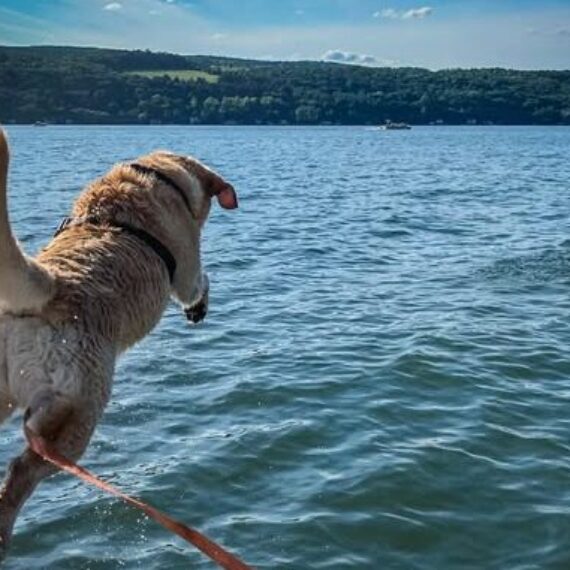When one thinks of scientific data collection, volunteers working in the field with test kits and clipboards may not be the first image that comes to mind. With any volunteer stream monitoring program ensuring that accurate, reliable data is being collected is essential to a successful program. Unlike CSI’s flagship Synoptic Sampling program, where samples are tested in the certified lab, Red Flag volunteers take on the testing themselves in the field.
So how can we rely on volunteers to collect good data? It starts with intensive training workshops, totaling 8 hours, where volunteers gain hands-on practice at collecting and testing samples with instruction from CSI. In absence of clear guidelines from regulatory agencies about what types of quality control must be performed by volunteers, CSI applies its certified lab criteria to volunteers in the field. Just like in our lab, volunteers begin their testing by calibrating equipment with known standard solutions – identical to the solutions used in the lab. For every assay performed, like total hardness, the certified lab is required to perform a duplicate test on at least 5% of samples, and the results must be within a close range. That means testing the same sample twice – and you should get the same result twice. Volunteers perform duplicates for every test parameter on one of their samples each time they monitor. Then there’s the split samples. Four times per year, volunteers send in a sample to the CSI lab, where it is tested for conductivity and total hardness, two of the tests volunteers perform in the field. Lab results are compared to volunteer results – and agree more than 90% of the time.
 It’s fair to say that CSI’s internal quality control of volunteer data is strict. Similar to the split samples, another method of evaluating volunteer data is by comparing it to other data that already exists from a reliable source. Red Flag volunteers monitor several of the same streams as the Susquehanna River Basin Commission (SRBC). In response to the need for not only baseline data, but also for real-time water quality data in areas of shale gas development, the SRBC established its Remote Water Quality Monitoring Network at 58 locations in Pennsylvania and New York streams. These sondes (robotic monitoring devices) collect water quality data every five minutes and upload data to the SRBC website every two hours. SRBC sondes measure five parameters: temperature, pH, dissolved oxygen, conductivity, and turbidity. Red Flag volunteers also monitor five parameters, but test for total hardness and not turbidity.
It’s fair to say that CSI’s internal quality control of volunteer data is strict. Similar to the split samples, another method of evaluating volunteer data is by comparing it to other data that already exists from a reliable source. Red Flag volunteers monitor several of the same streams as the Susquehanna River Basin Commission (SRBC). In response to the need for not only baseline data, but also for real-time water quality data in areas of shale gas development, the SRBC established its Remote Water Quality Monitoring Network at 58 locations in Pennsylvania and New York streams. These sondes (robotic monitoring devices) collect water quality data every five minutes and upload data to the SRBC website every two hours. SRBC sondes measure five parameters: temperature, pH, dissolved oxygen, conductivity, and turbidity. Red Flag volunteers also monitor five parameters, but test for total hardness and not turbidity.
The SRBC’s remote network is primarily in Pennsylvania, where shale gas development using hydrofracking has been taking place for the last few years. Eleven sondes are in New York state, and five are in watersheds where Red Flag volunteers are collecting data. Sondes are typically placed near the mouth of a stream, whereas Red Flag monitoring locations are typically situated at multiple locations throughout a watershed, including the mouth.
To compare the data, CSI Intern Kristen Carr identified the CSI monitoring location closest to the SRBC sonde in that watershed. Then, volunteer data was downloaded using the “Search Streams and Lakes” page of the CSI Database. Using the SRBC website , data from the dates that Red Flag volunteers monitored were downloaded. Data from the two sources were compared using MS Excel and the results are promising.
For each of the four parameters, volunteer data and SRBC data followed the same patterns over time. Two creeks are shown here – Catatonk Creek and Baldwin Creek. Some variation is to be expected due to differences in equipment and exact time of measurement. The overall comparison shows that Red Flag volunteers are capable of producing data that are similar to government agency data. Combined with the extensive internal quality control, Red Flag volunteers collect data that can be relied on.





